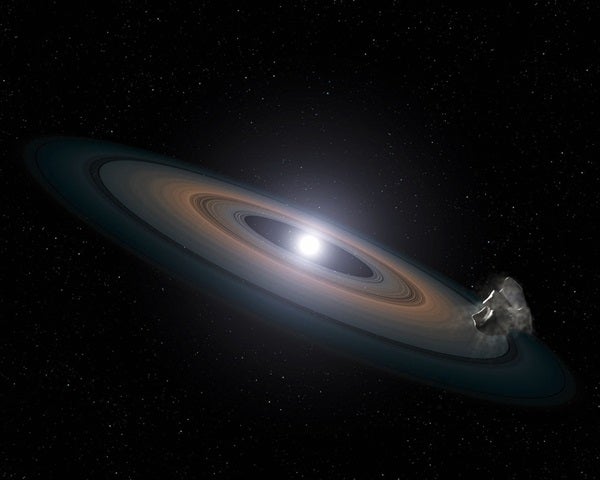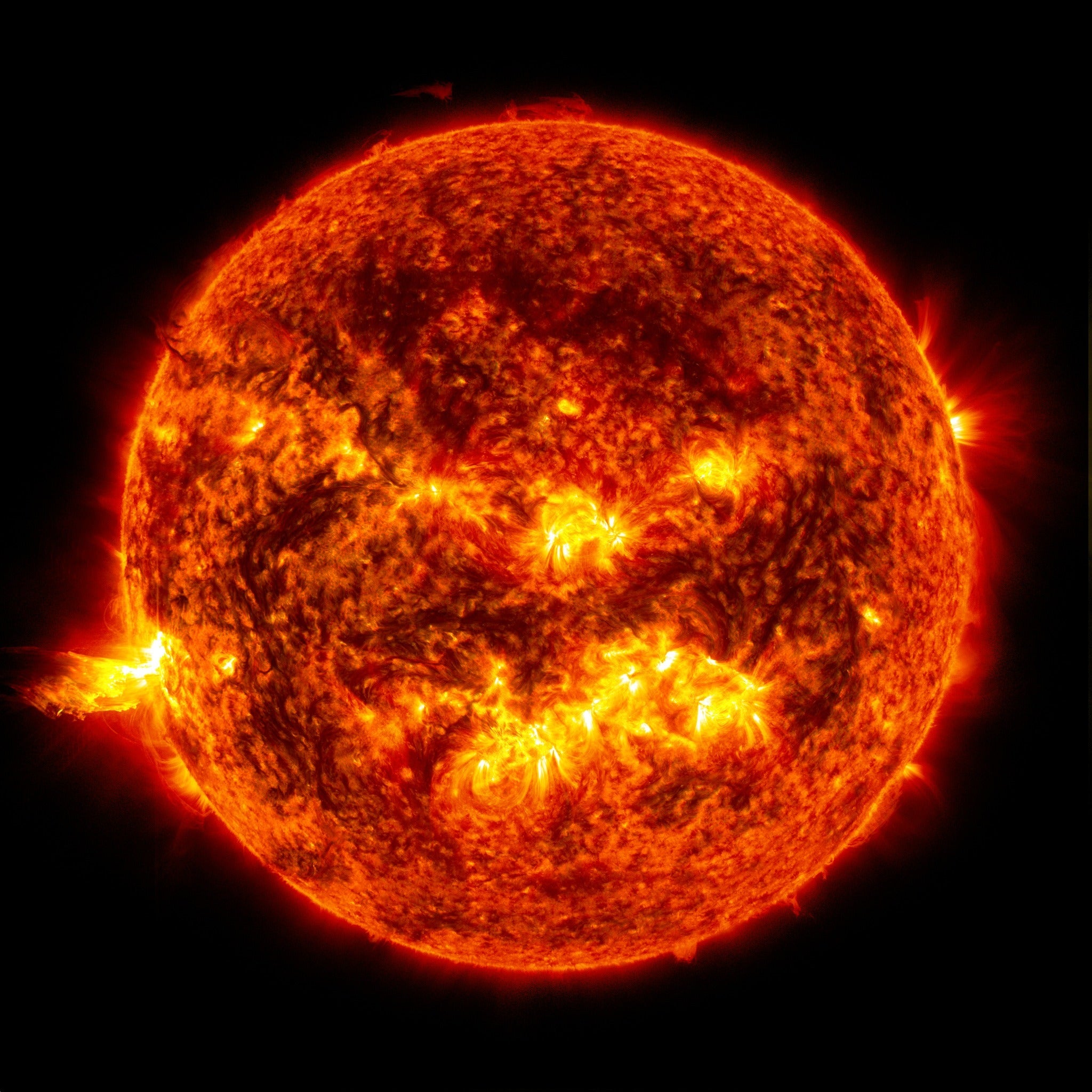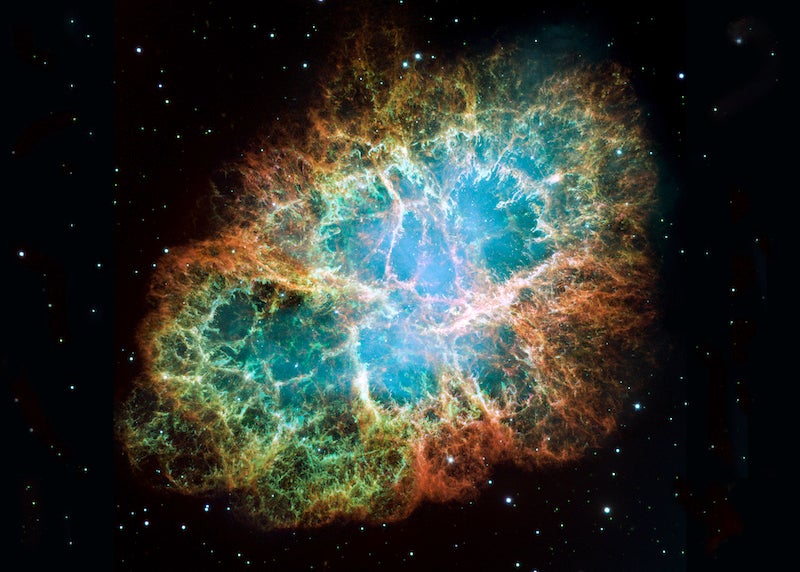Scientists from the University of Leicester and University of Arizona investigated hot young white dwarfs — the superdense remains of Sun-like stars that ran out of fuel and collapsed to about the size of Earth.
Astronomers know that many hot white dwarfs’ atmospheres, essentially composed of pure hydrogen or pure helium, are contaminated by other elements like carbon, silicon, and iron. What they didn’t know, however, was the origins of these elements, known in astronomical terms as metals. “The precise origin of the metals has remained a mystery, and extreme differences in their abundance between stars could not be explained,” said Barstow. “It was believed that this material was ‘levitated’ by the intense radiation from deeper layers in the star.”
Now the researchers have discovered that many of the stars show signs of contamination by rocky material, the leftovers from a planetary system.
The researchers surveyed 89 white dwarfs using the Far Ultraviolet Spectroscopic Explorer to obtain their spectra (dispersing the light by color) in which the “fingerprints” of carbon, silicon, phosphorous, and sulphur can be seen when these elements are present in the atmosphere.
“We found that in stars with polluted atmospheres, the ratio of silicon to carbon matched that seen in rocky material, much higher than found in stars or interstellar gas,” said Barstow.
“The new work indicates that around one-third of all hot white dwarfs are contaminated in this way, with the debris most likely in the form of rocky minor planet analogs,” he continued. This implies that a similar proportion of stars like our Sun, as well as stars that are a little more massive like Vega and Fomalhaut, build systems containing terrestrial planets. This work is a form of celestial archaeology where we are studying the ‘ruins’ of rocky planets and/or their building blocks, following the demise of the main star.
“The mystery of the composition of these stars is a problem we have been trying to solve for more than 20 years. It is exciting to realize that they are swallowing up the leftovers from planetary systems, perhaps like our own, with the prospect that more detailed follow-up work will be able to tell us about the composition of rocky planets orbiting other stars,” said Barstow.
The study also points to the ultimate fate of Earth billions of years from now — ending up as a contamination within the white dwarf Sun.










